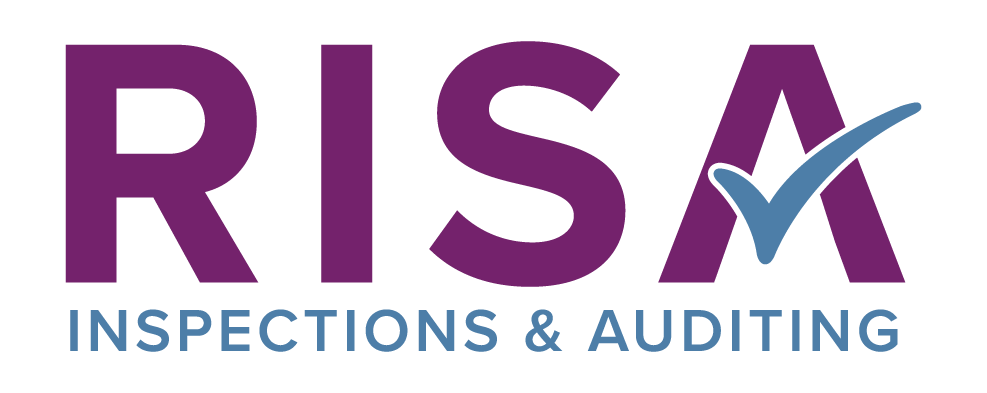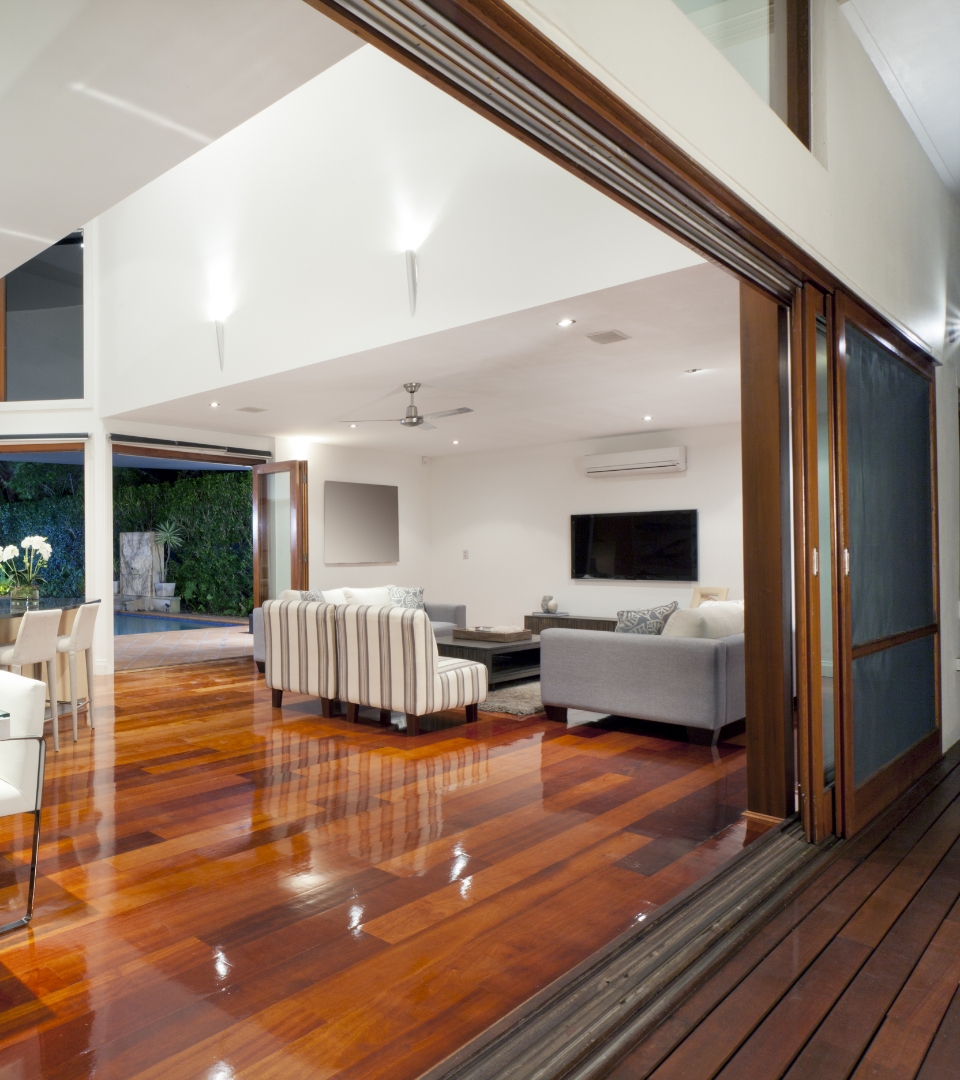1. Do you agree with government’s preferred position of using new alternative Energy Performance Certificate (EPC) metrics following EPC reform as the basis for higher Minimum Energy Efficiency Standards (MEES) for privately rented homes?
We agree with this approach as it would be consistent with the proposed EPC reforms.
2. Government would welcome views on options for setting future MEES against a combination of new EPC metrics. Do you agree with government’s preferred approach of having a requirement to meet a primary standard set against the fabric performance metric and then a secondary standard set against either the smart readiness metric or heating system metric, with landlord discretion on which secondary metric their property meets?
We agree with the preferred approach that landlords should be required to meet a standard set against the fabric performance metric as a primary standard.
It is important that a ‘fabric-first’ approach is undertaken as a primary measure, before considering any secondary measures such as changing the heating systems or the introduction of smart-readiness.
Windows and doors must be considered as a Fabric measure as this will be an opportunity to replace those that are an early generation and poorly performing. Older double-glazed windows allow three times as much heat loss compared to modern high-performance double or triple-glazed windows.
It is estimated by the Glass & Glazing Federation (GGF) that there are over 80 million double-glazed windows in the UK housing stock that do not comply with current Building Regulation standards. It is imperative that these windows are upgraded to improve the fabric performance of homes and prevent energy being wasted through poor insulation.
Simple checks can be undertaken to determine the age of windows and doors and the corresponding thermal performance. The FENSA (Competent Persons Schemes) database holds information on over 16 million replacement window and door installations in England and Wales. In addition, the presence of energy efficient low-emissivity glass can be detected using low-cost hand-held ‘matchbox sized’ glass coating detectors. Both of these methods can easily be used by EPC Assessors without adding significant complexity or time.
Effective windows and doors are more important than ever as we transition to low carbon heating systems such as heat pumps to retain the heat from radiators working at a lower temperature compared to conventional heating systems. If windows and doors are not upgraded at the same time as the installation of a heat pump, then the running costs can become high compared to current conventional heating systems which will lead to tenant and homeowner dissatisfaction and resistance to change.
Fabric improvements including replacing windows and doors will benefit tenants by lowering energy costs and could maximise future rental opportunities for landlords as potential tenants increasingly search for more energy efficient properties.
We have a thriving UK based window and door industry the majority of which are based in North of England. Over 100,000 skilled jobs are supported in the industry, the supply chain is reliable and secure and is an important contributor to the UK economy.
3. What are your views on the alternative approaches of:
Alternative 1: A requirement to meet a standard set against dual metrics of equal weighting. The standard would be set against dual metrics including two of the following: fabric performance, heating system and smart readiness.
We do not agree that the proposed metrics for heating systems and smart readiness should have the same weighting as that of fabric performance.
If this were to the case it could lead to landlords making incorrect decisions such as replacing the heating system when the fabric is poor and would do little to address heat escaping from the property and the resulting increase in energy bills for occupants.
Occupants are very concerned about the cost-of-living, and the financial pressure of energy utility bills is especially concerning and urgent for many people living in rented accommodation; it is very important that measures are implemented wherever possible to alleviate this pressure for tenants.
Alternative 2: A requirement to meet an overarching standard set against all three metrics of fabric performance, heating system, and smart readiness, either through improvements across all standards or through landlords concentrating improvements against one or two standards.
We do not agree with this alternative because it is likely to result in landlords inadvertently addressing heat decarbonisation measures without any impact on fuel poverty alleviation.
4. Do you have any alternative suggestions for how government could utilise new EPC metrics as the basis for MEES, such as a single metric approach (e.g. fabric or cost based?) Please provide a rationale with your answer.
No.
5. Do you agree with government’s proposal to increase the maximum required investment for Private Rented Sector (PRS) MEES to £15,000 per property and for landlords to be able to register an exemption if expenditure would take them over this figure? If not, please set out whether you consider a cap should apply and how; and if so, what level you consider the cap should be set at and why (whether this is the 2020 proposal of £10,000 or another figure). Please explain your answer.
We agree with this proposal. A lower figure (e.g. the 2020 proposal of £10,000), would definitely limit a landlords ambition to improve the energy efficiency of their properties and stop them implementing several measures at the same time.
6. Should government extend the exemption period for the cost cap to ten years? If not, how long do you think the cost cap exemption should last? Please explain your answer.
No. We believe that ten years is too long to postpone further improvements to meet the minimum standards. We support the retention of the current exemption period of five years otherwise a huge opportunity to reduce carbon emissions associated with the property and energy bills for the tenants will be missed.
7. Do you agree with government’s preferred implementation timeline to require ‘new tenancies’ to meet the higher standard from 2028 and ‘all tenancies’ to meet the higher standard by 2030? If not, do you have alternative suggestions?
With reluctance, we recognise that the revised implementation timeline may be necessary to allow sufficient time for landlords to meet the new requirements. With the housing stock in the UK, widely recognised as being the worst in Western Europe we must seize the opportunity to introduce this key action to improve the energy performance of the existing housing stock.
8. Do you agree with government’s proposal that, as an EPC reform transition measure, landlords should be able to demonstrate their properties are compliant with the existing standard of EPC E using their past EPC?
We believe that it would make sense to upgrade old EPCs given the proposal to update the EPC assessment methodology to a more accurate system.
9. Do you agree properties that have an EPC rating of C against the EER on EPCs before 2026 should be recognised as compliant with the future standard until their EPC expires or is replaced?
We believe that it would make sense to upgrade old EPCs given the proposal to update the EPC assessment methodology to a more accurate system.
10. Do you agree with government’s proposal to require landlords to commission a new EPC before taking action to comply with higher MEES?
Yes
10.1. Should the cost of this new EPC be included within the cost cap?
Yes
10.2. Should landlords still be required to commission post-improvement EPCs? If yes, should the cost of the post-improvement EPC also be included within the cost cap?
Yes
11. Should government develop an affordability exemption? If yes, what eligibility criteria would be the most appropriate for an affordability exemption? Please indicate which, if any, of the proposed approaches you support or otherwise provide alternative suggestions.
We do not agree that exemptions should be necessary, provided that a sensible timeframe is proposed.
12. Should government apply the PRS MEES Regulations to short-term lets? Please explain your answer.
If because of the outcome of the consultation on ‘Reforms to the Energy Performance of Buildings Regime’, short-term lets are required to have an EPC, then we agree that they should be included in the scope of the PRS Regulations. Short term lets should be subject to the same energy performance requirements as longer term rental properties to address the below par UK building stock.
13. What actions could government take, including changes to the law to encourage or require smart meters in properties undergoing efficiency upgrades, to increase the number of smart meters installed in the PRS? Please provide your rationale and evidence for any suggestions for actions you have.
No comment
14. Do you think the current MEES exemptions available to landlords are suitable? 14.1. Are there other circumstances, not covered by the current MEES exemptions regime, where you think government should consider making exemptions for?
By raising the cost cap to £15,000 more properties will be captured compared to the current requirements. Any exemptions should be last resort otherwise we will fail to address the serious challenge of improving the existing building stock.
15. Do you agree with government’s preferred position to keep a potential requirement on lettings agents and online property platforms under review whilst the PRS Database is being developed for properties in England?
Yes.
16. Do you have any new evidence to submit regarding the topics as summarised in Chapter 2 of this consultation? Please specify which topic you are providing new evidence for.
No comment
17. Is there any additional information or evidence you would like to provide on either the effectiveness of the existing PRS regulations 2015 and guidance, or interactions with other policies?
No comment

 Emergency Glaziers
Emergency Glaziers GGF Shop
GGF Shop MyGlazing.com
MyGlazing.com Find a GGF Member
Find a GGF Member




